SAP functionality is mainly based on tables where relevant data is stored. Each SAP Transaction is either a direct access to a transparent table or structures to retrieve data.
Following page gives an introduction how to use the power tool to create queries for your individual needs.
1. Look up existing SAP transaction codes – SE43 Area Menu Maintenance
Sometimes SAP Transaction codes are forgotten or not known. Here the SE43 helps you to find them. For example you like to find existing SAP Transaction codes for material Management MM:


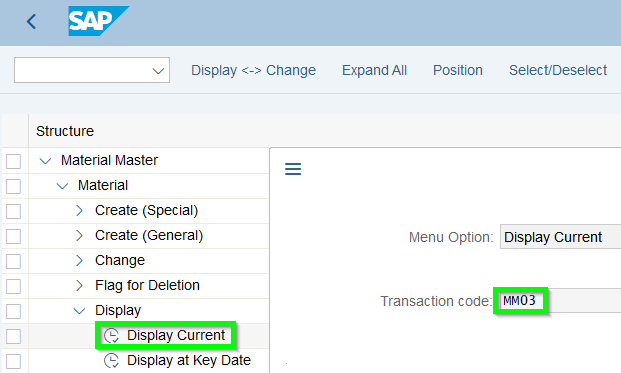
2. Check existing tables via SE16N table DD02L
To create a query the data basis with its tables is essential. Following Table Categorys exists:
- TRANSP – Transparent
Table : Most case to retrieve data from a table e.g. MARC INTTAB –Structure : A certain program temporally built-up a report out of several SAP fields, where no data is stored, e.g. MD04 (cannot be used for query)- CLUSTER – Cluster table (not relevant)
- POOL – Pool table (not relevant)
- VIEW – View table : Also no data being stored, only view on a tranparent table (can be used for query)

3. Find out tables
A) F1 Help
In many cases relevant fields with its table can be retrieved by F1; e.g. MRP type

B) Logical Database – SE36
SAP provides important data objects in existing Logical Databases (about 250):
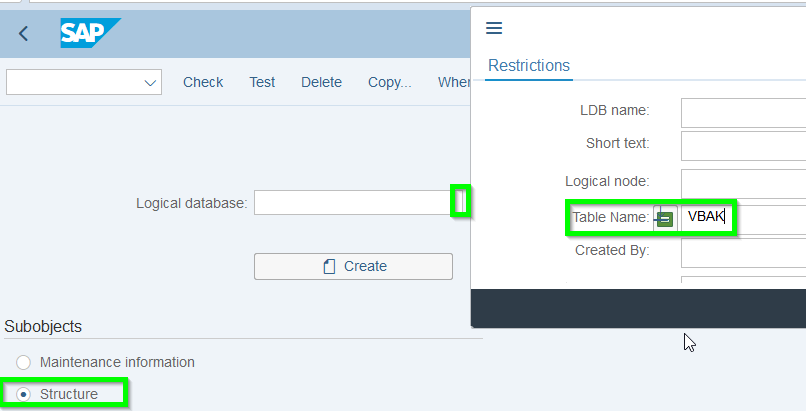
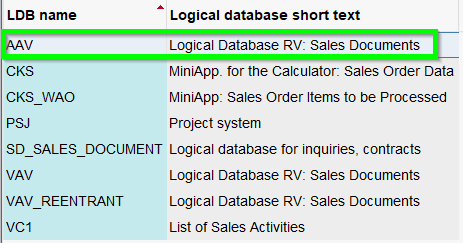
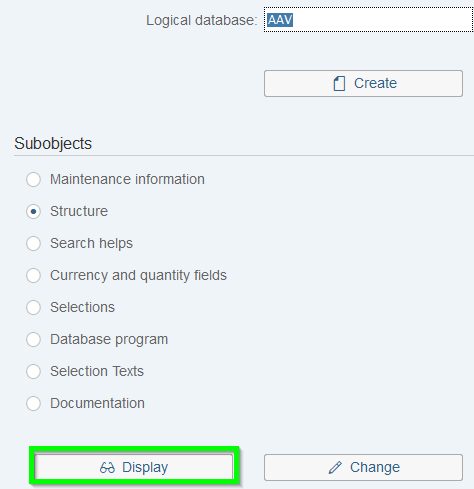
In the next steps you see the structure of the Logical Database inclusive alll tables:

C) Table-Trace – ST05 (only for experts)
Two windows needs to be opened, e.g. VA03 and ST05
Window 1: VA03
Window 2: ST05


Then start VA03 with order 1670:

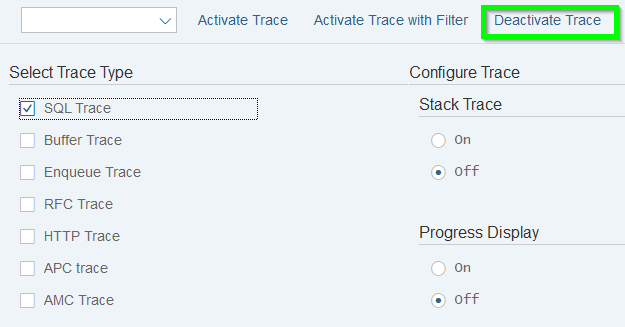
Then Display Traces
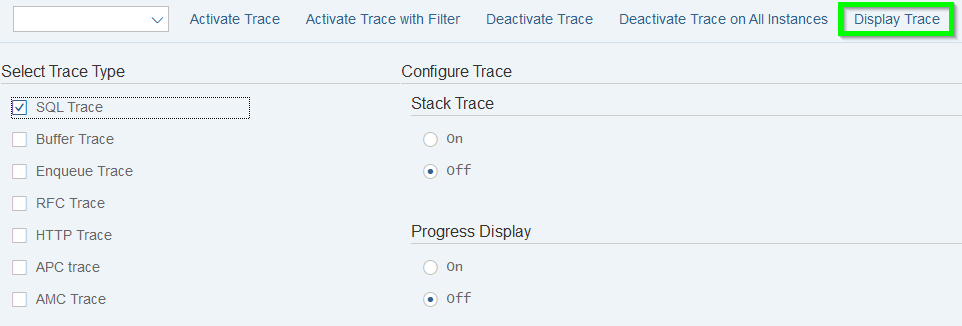
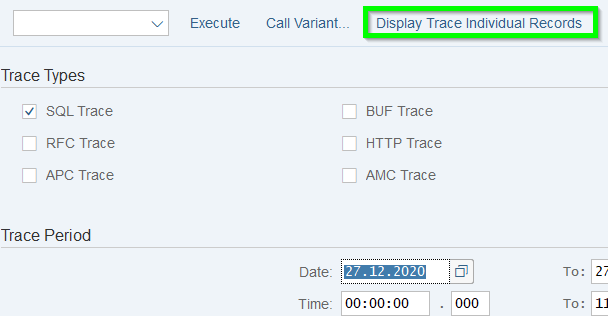
Now a detailled ABAP tables being shown where you can retrieve all steps being performed by using VA03. Certain tables like VBAK can be seen as well:

D) ABAP Workbench – SE84
Even the relevant field is shown in a structure, you can try another way how to find out where the field is used in other tables via SE84:
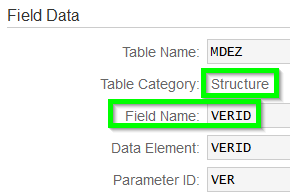


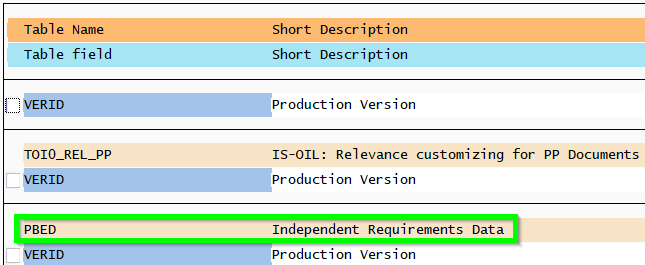
E) Most often used tables
Via following internet Links you can retrieve most important tables:
SD-Tables MM-Tables PP-Tables4. QuickViewer – SQVI
QuickViewer/ Query